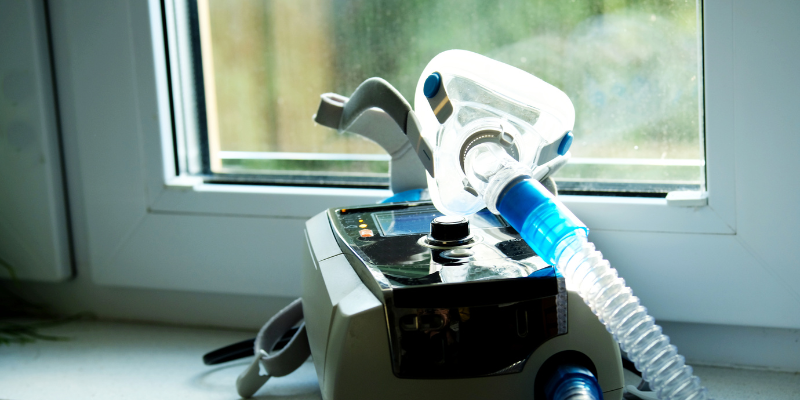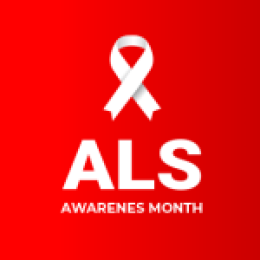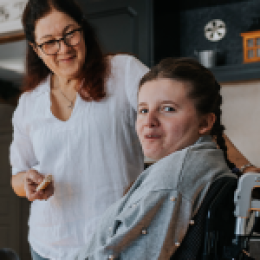
Non-invasive ventilation (NIV) is a form of respiratory support that can be delivered via a mask rather than an invasive procedure. While NIV has proven to be a safe and effective treatment for respiratory failure, ensuring that the mask fits correctly is one of the most critical factors for success. Join us as we explore some tips and troubleshooting strategies for achieving the best possible mask fit during NIV therapy.
Identifying Air Leaks
Air leaks may be audible or visible, or they may cause discomfort for the patient and can reduce the effectiveness of NIV therapy. Air leaks may lead to treatment failure. Check the mask for visible gaps or listen for air escaping. Adjust the mask straps to achieve a secure but comfortable fit. If issues persist, consider trying a different mask size or mask type.
Dealing with Discomfort
Too tight, loose, or improperly positioned masks could cause discomfort. This can reduce compliance with NIV therapy and may lead to treatment failure. To handle this, try adjusting the mask straps to achieve a comfortable but secure fit. Discomfort can be visibly identified by skin irritation as well.
Handling Skin Irritation
NIV masks can cause skin irritation, leading to discomfort and reduced compliance. Irritation can be identified if redness, rash, or other skin changes occur. To handle this, try using barrier creams or pads to reduce skin irritation. You can also rotate mask placement and adjust mask straps to reduce pressure points.
Avoiding Mouth Breathing
Mouth breathing during NIV therapy may indicate that the mask is not positioned correctly or that there are air leaks. Mouth breathing can reduce the effectiveness of NIV therapy and may lead to treatment failure. Try using a full-face mask or a chin strap to encourage nasal breathing and ensure that the mask is positioned correctly and that there are no air leaks.
Solving Ineffective Ventilation
Persistent hypoxemia, respiratory distress, or other signs of treatment failure may indicate ineffective ventilation. This can be caused by a too loose, tight, or improperly positioned mask. You can try adjusting the mode of ventilation, changing the mask type or size, or exploring alternative treatment options.
Addressing Patient Anxiety
Patient anxiety may be caused by an uncomfortable mask or other issues related to NIV therapy, which can reduce compliance with NIV therapy and may lead to treatment failure. Try addressing the patient’s concerns and provide education about the importance of NIV therapy. Use relaxation techniques, alternative masks, or interfaces to reduce their feelings towards the treatment.
--
Hopefully, this helped you better understand how to handle some common issues faced with mask fitting for non-invasive ventilation. For more information, feel free to contact your friends at Advent!
April 29, 2023 by Advent Home Medical



